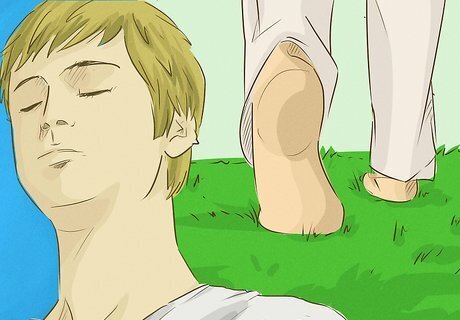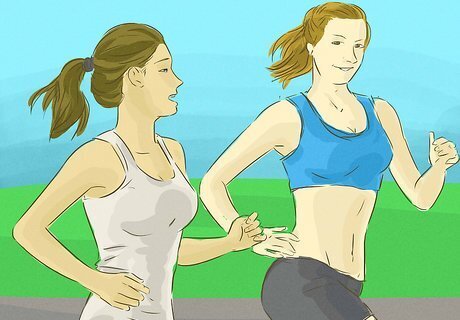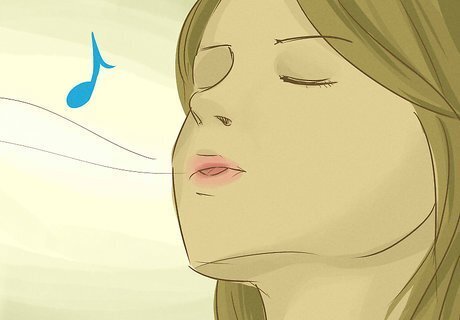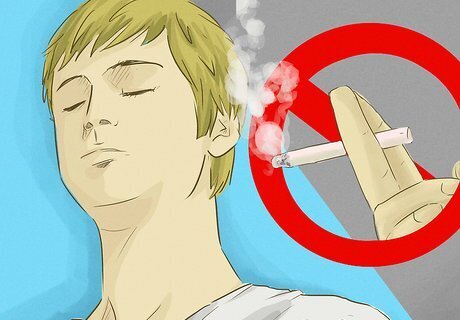
views
Learn How to Breathe Properly

Breathe with your diaphragm. The diaphragm is a muscle that sits like an upside-down bowl just beneath your ribs, contracting and relaxing to move air through your lungs. Deep "belly breathing" that visibly moves your abdomen in and out helps strengthen this muscle and improve your endurance. If your belly stays flat and your chest pumps up and down, you're taking shallow "chest breaths," and will fatigue sooner.

Take longer breaths. This will help ensure that you are getting enough oxygen to your body, and is the best way to prevent muscle and lung fatigue. It also helps increase endurance by getting proper oxygen circulation to your muscles.

Keep your mouth open. Your mouth is wider than your nostrils, allowing you to take deeper breaths of air. Allow air to enter through both your mouth and your nose.

Find a breathing pattern. Most experienced runners coordinate their breath with their steps, such as the popular "inhale for three steps, exhale for two" (or simply "3–2"). This helps you breathe more consistently. You may also be forced to switch to a different pattern (such as "2–1") at higher speeds, which helps you keep track of the intensity of your run. There are several popular alternatives to these patterns, such as "2-2" or "2-3." Experiment with different breathing patterns to find the right one for you.

Use the "talk test" to determine if you are breathing enough. You should be able to form full sentences while running without huffing and puffing.
Improve Lung Function Over Time

Run or jog regularly. Running, just like any other physical activity, improves with practice. The better shape you are in aerobically, the easier it will be for you to breathe efficiently.

Do breathing exercises. Remember that just as we work to strengthen our muscles and hearts, we must also work to strengthen our lungs. Practice taking deep breaths from your diaphragm while sitting still or lying on your back. Put your hand on your abdomen to make sure it moves up and down with each breath. Count to 8 for each inhale and exhale. Repeat for 3-5 minutes. Swimming regularly can also improve lung function over time, because the exercise places an emphasis on breathing. It will also help you learn how to pace your breathing, because you must learn to coordinate your breath with the strokes you take.

Don't smoke. Smoking causes damage to your lungs, making it much more difficult for you to take deep breaths while running.

















Comments
0 comment